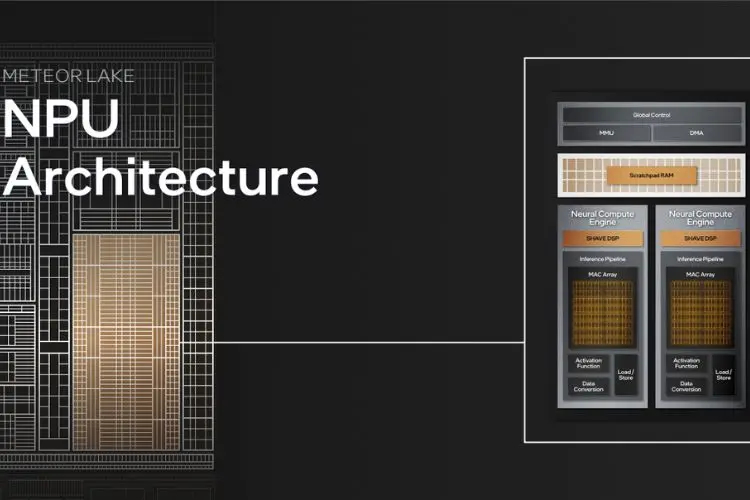
Windows 11 has undergone significant evolution in recent times! With the arrival of updates like Copilot AI and features such as Background Removal in Paint, Microsoft has been actively enhancing the operating system with AI-powered improvements.
Allegedly, Microsoft is gearing up for a new roadmap for Windows update cycles. Additionally, the anticipated ‘Hudson Valley‘ update is poised to introduce a range of AI-centric features for Windows in 2024. This intel has surfaced through Windows Central, leveraging exclusive sources detailing the roadmap and the impending ‘Hudson Valley’ update for Windows.
Speculations suggest a potential debut for Hudson Valley around June 2024. This timeframe aligns with reports hinting at OEMs preparing ARM-enabled PCs integrated with Snapdragon X Elite for shipment around that period. However, it’s important to note that these details have not been officially confirmed yet.
Hudson Valley: The Focus on Artificial Intelligence
The upcoming Hudson Valley update aims to introduce cutting-edge AI experiences within the next major release of Microsoft’s Windows operating system. This update promises to integrate advanced Copilot features, showcasing highly versatile functionalities deeply embedded within the Windows OS. The features expected from Hudson Valley include:
- Continuously running in the background to comprehend ongoing context.
- Improved search functionality, capable of processing natural language inputs.
- Development underway for a new ‘history/timeline’ feature.

According to Windows Central’s sources, the upcoming AI features in the Hudson Valley update are touted as ‘groundbreaking.’ Among the reported additions are AI-powered wallpapers, set to understand image layers for a dynamic visual experience.
These wallpapers will create a parallax effect, offering an immersive display that can respond to mouse movements and the PC’s built-in gyroscope. While similar functionality has been introduced by Razer through their Axon App, Razer’s implementation is a paid feature.
Additionally, an anticipated ‘Super Resolution‘ feature is expected to dynamically enhance image quality across photos, videos, and even gaming content. Improvements in Windows’ energy-saving mode are also anticipated. Finally, a potential overhaul of the desktop interface might position the system tray at the top, offering a revamped UI experience.
Fresh Roadmap for Windows Planned
WindowsReport discusses Microsoft’s upcoming shift in its Windows update strategy. Following the release of Hudson Valley, Microsoft is projected to transition to an annual cycle for significant Windows updates. Traditionally, Microsoft has introduced sets of new features through multiple feature updates throughout the year.
This approach led to several updates within a year. However, the new roadmap indicates a shift toward focusing on a single major update annually, marking a departure from the previous three-year cycle.
The primary speculation revolves around whether the Hudson Valley update heralds the arrival of Windows 12. Sources from WindowsReport suggest that “Microsoft is hesitant to create further divisions within the Windows user base with another product release.”
Ultimately, Microsoft’s intentions regarding the scale of this update and its marketing strategy will determine the course of action. Hudson Valley is slated as a planned update for Windows anticipated in 2024.
Will New Windows AI Features Be Limited to New PCs?
The report mentions the inclusion of NPU (Neural Processing Unit) hardware that might drive specific functionalities. It’s possible that PCs equipped with an NPU chip, like the upcoming Intel 14th Gen Core Ultra processors, could execute tasks more efficiently compared to those without it.
Post the release of the Hudson Valley update, there’s an expectation that numerous AI-driven features will be operable offline, facilitated by the NPU. However, there remains uncertainty about which forthcoming Windows AI functionalities might be limited to modern PCs and whether they’ll be accessible on older systems.

Speculatively speaking, PCs lacking NPU support might heavily rely on cloud-based processing, resulting in slower AI computations compared to NPU-equipped counterparts. The introduction of Intel’s 14th Gen Meteor Lake, the first processor with embedded NPU chips, and AMD’s upcoming Ryzen 8000 series featuring NPU chips and XDNA 2, signifies a shift toward advanced processing capabilities. However, it’s anticipated that older PCs won’t be entirely excluded and should receive a range of AI features through the forthcoming major Windows update.
As for the ‘Hudson Valley‘ update’s implications, there’s conjecture on whether Microsoft will unveil Windows 12 alongside this release. What do you think Microsoft’s strategy will be with this major update? Share your thoughts in the comments below.




